Masia Catalana. Nature, history and bucolic charm just 45 minutes from Barcelona
Once, there was an enchanted domain nestled among wooded hills, in a land rich with history and charm where spectacular views spoke of peace and possibility. On that estate was a very special masia…
It’s the stuff of fairytales, but we promise you it’s real. This extraordinary property can be found just a few kilometres from Barcelona.
This is the Osona region, on the edge of the inimitable Montseny natural park (a UNESCO biosphere reserve) and close to the Montanyà golf course. It’s a captivating setting for this traditional seventeenth-century masia, a stately farmstead typical of the region, boasting a total built area of 4,200 sqm and a 20-hectare estate.
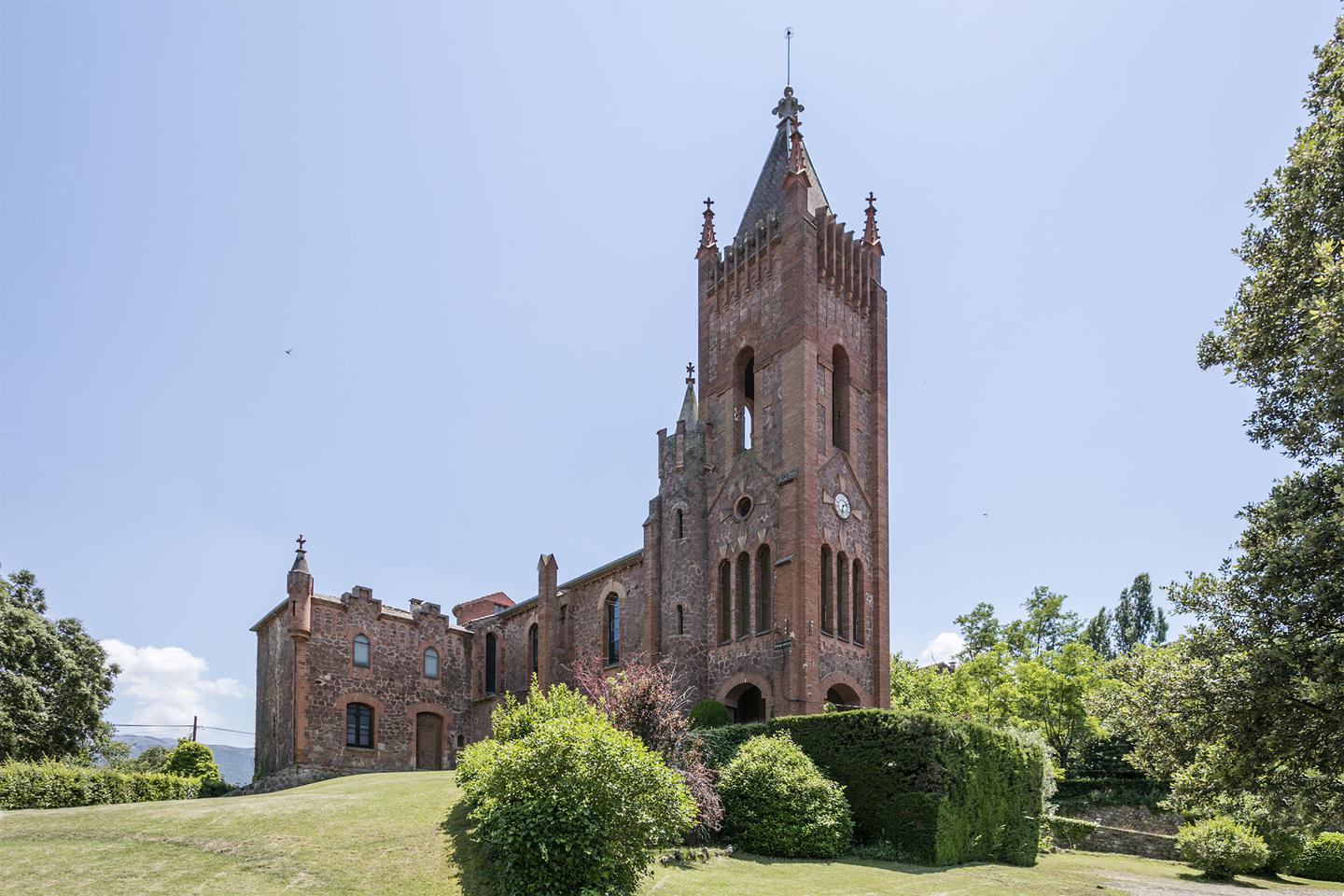
The natural landscape here is breathtaking and layered with history.
This extraordinary property occupies a privileged spot on the Montseny Massif, a renowned natural park and protected landscape where land use, construction and conservation are closely regulated. Around a thousand people live inside the park, popular with visitors all year round.
Montseny is one of Spain’s most cherished regions, mainly thanks to its natural diversity and its proximity to Catalonia’s largest urban centres.
It has become the setting for a myriad of legends, traditions and literary works, and its iconic status has drawn in many scholars over the years.
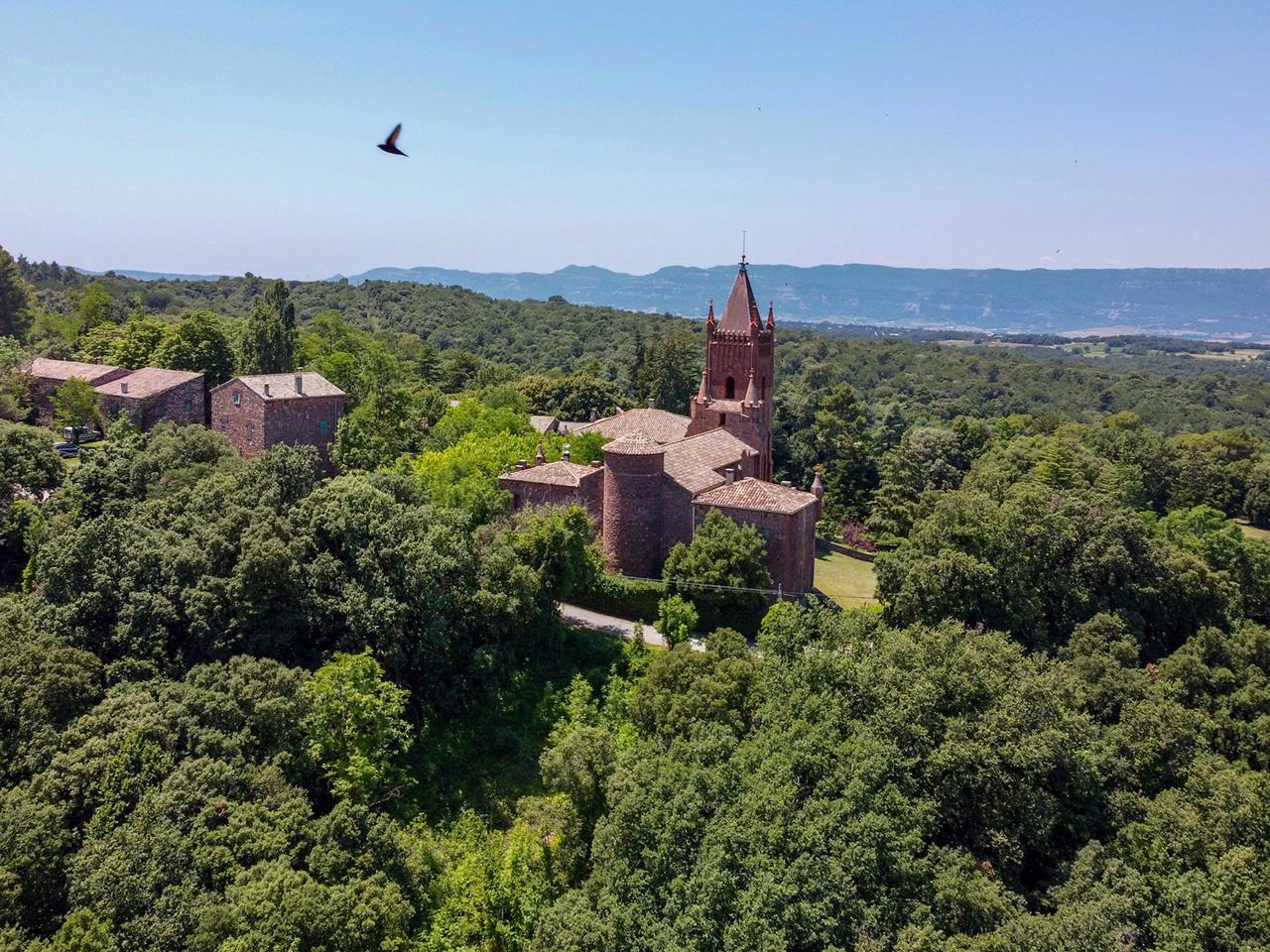
Living in a masia
«A masia is no ordinary property; it has a totally unique legal and economic identity. With its outbuildings, farmland and specific rights structure, it’s a home with a distinctive personality.»
S. Llobet, El medio y la vida en el Montseny
The masia’s unique architectural form is a typical sight in rural parts of Catalonia, although it can also be found in eastern Spain and throughout the south of France.
These rural homesteads first appeared sometime between the tenth and eleventh centuries, descendants of the Roman Empire’s magnificent country villas.
They took on a vital importance in the sixteenth century, as feudalism was abandoned and communities were free to become self-reliant, working the land and building their own homes. The seventeenth and early eighteenth centuries saw their most vigorous expansion; masia architecture was adorned with finely crafted details, often inspired by the Roman designs so culturally rooted in the region. In the eighteenth century, we begin to see an Italian influence seeping in as trading relationships flourished: longer recesses, façades with a more symmetrical composition, classically proportioned archways, etc.
Sometimes called a casa de labor, the masia is a response to a particular way of living and working that was passed down through generations of arable- and livestock-farming families. Despite the encroachment of modernity, these traditional, secluded structures have stood the test of time.
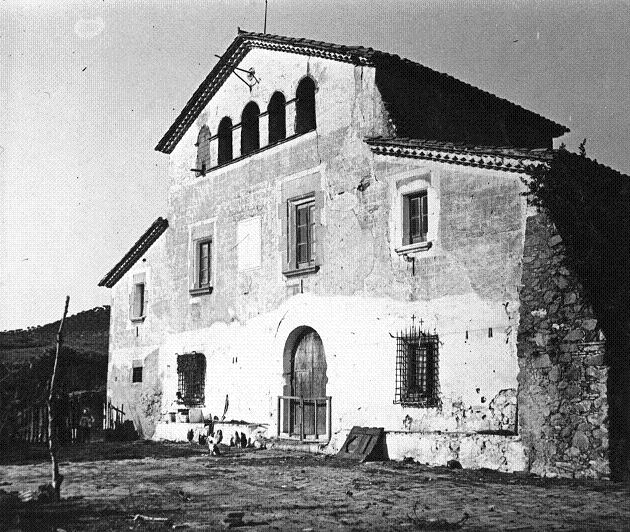
To live in a masia is to inhabit a unique architectural treasure.
The architectural qualities of this cluster of buildings, the history permeating its walls and the beauty of the surrounding landscape makes this a truly unique and beguiling property.
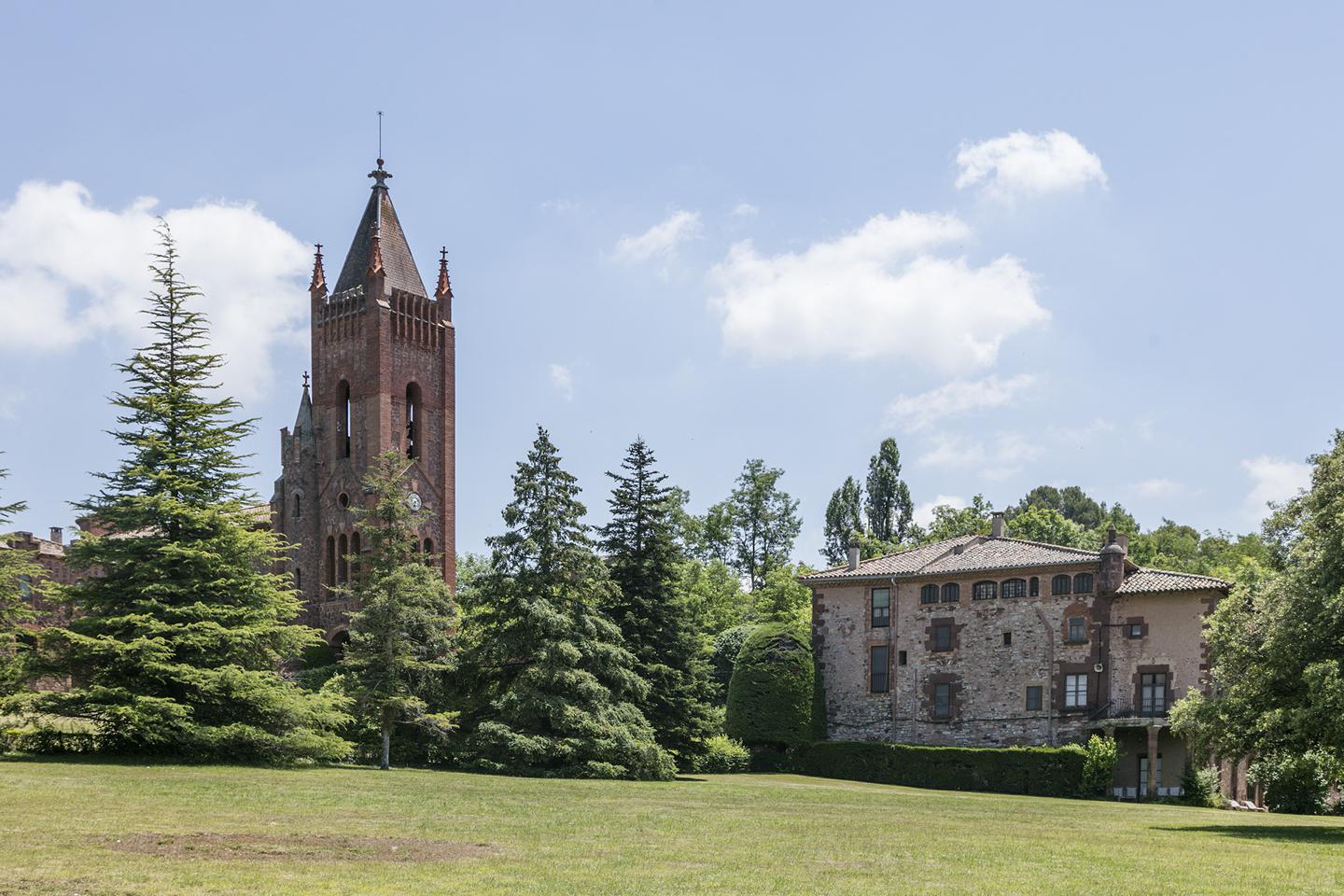
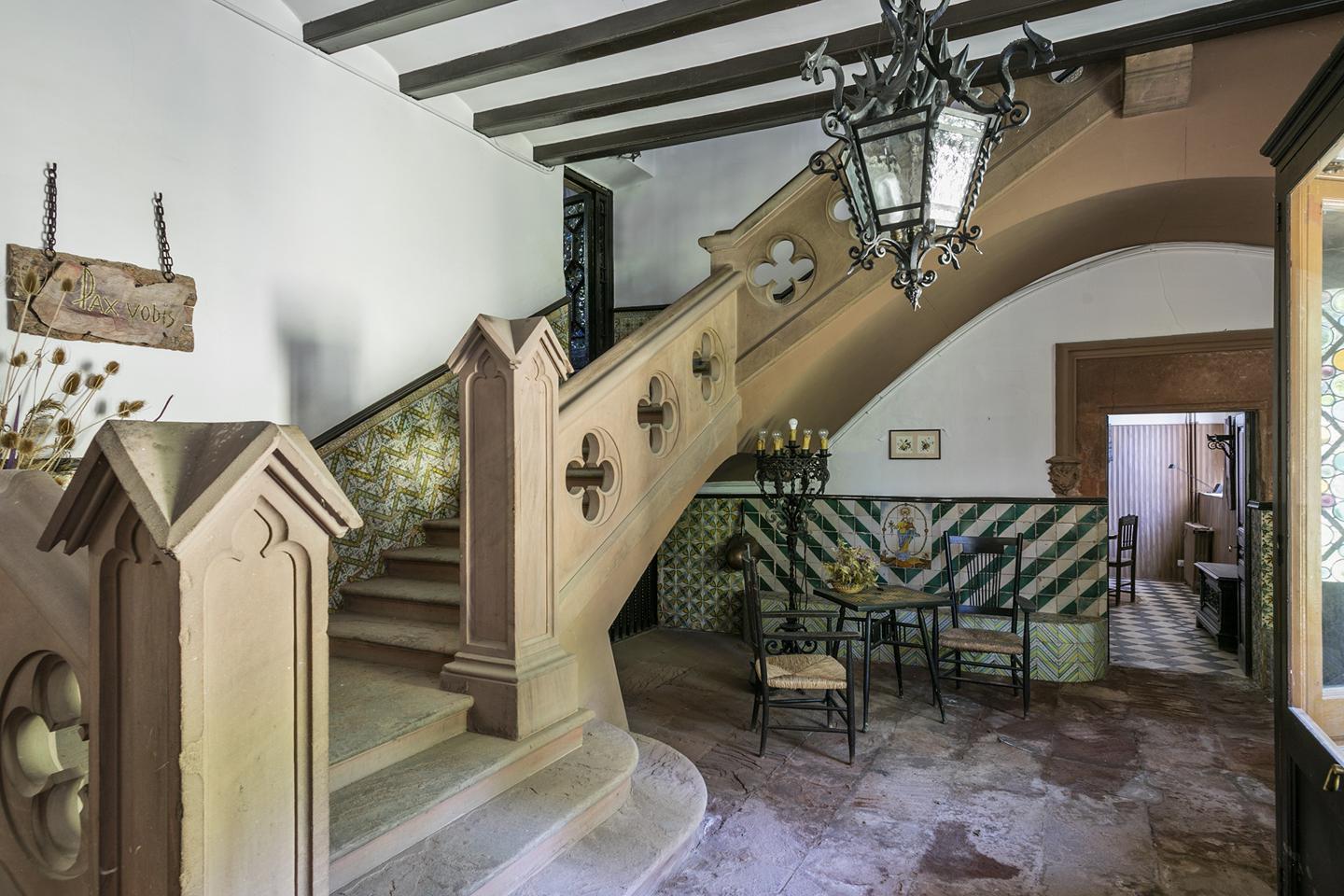
The main house is comprised of two properties, joined by two galleries: the “Casa de la Marquesa”, which dates back to the seventeenth century, and the former sanatorium.
References:
- El mas al Montseny - La memòria oral. Xavier Roigé Ferran Estrada
- El medio y la vida en el Montseny. Salvador Llobet.
- educarex.es